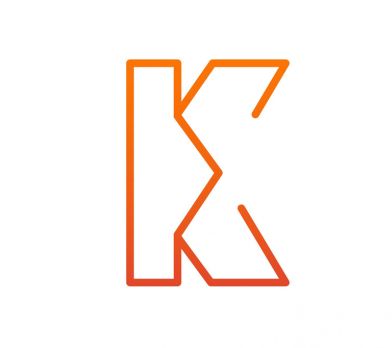Data annotation is a critical stage in training artificial intelligence (AI) models. It involves labeling data in a way that the AI can understand, making it crucial for the model's accuracy and effectiveness. Refining annotation guidelines and definitions is essential to ensure that the data annotated remains relevant and accurately reflects the task at hand. Here are five practical tips for refining your AI data annotation guidelines and definitions:
1. Establish Clear & Concise Guidelines
- Simplicity is Key: Ensure that your guidelines are straightforward and easy to understand. Avoid complex language or technical jargon that could confuse the annotators.
- Consistency Across Tasks: Standardize definitions across similar tasks to maintain consistency in data annotation. This helps in reducing ambiguity and ensures uniformity in the data set.
2. Regularly Review & Update Guidelines
- Incorporate Feedback: Regularly collect and incorporate feedback from annotators into the guidelines. They are the first-hand users of these rules and can provide valuable insights into what is working and what is not.
- Adapt to Changes: AI and machine learning fields are rapidly evolving. Ensure your guidelines are updated to reflect new findings, technologies, and changes in project scope or objectives.
3. Use Examples & Visual Aids
- Clarify with Examples: Enhance guidelines with clear examples. Showing examples of both correct and incorrect annotations can help clarify expectations and reduce errors.
- Visual Aids: Use images, charts, or diagrams to visually explain complex concepts or scenarios. This can be particularly helpful in projects involving image or video annotations.
4. Implement Iterative Training & Testing
- Ongoing Training: Conduct ongoing training sessions to review complex scenarios or introduce changes in the guidelines. This helps annotators stay updated and ensures high-quality annotations.
- Pilot Testing: Before finalizing any changes in the guidelines, run pilot tests to assess the impact of these changes on annotation quality and model performance. Use this data to make informed adjustments.
5. Leverage Technology to Support Annotators
- Annotation Tools: Utilize advanced tools and software like CVAT that support the annotation process. Features like autocomplete, error-checking, and suggestion prompts can enhance accuracy and speed.
- AI Assistance: Incorporate AI-based pre-annotations where possible. Let AI models suggest annotations based on existing data to speed up the process and reduce the annotator's workload. Ensure that these suggestions are always checked and refined by human annotators to maintain quality.
Refining AI data annotation guidelines and definitions is a dynamic and ongoing process that requires attention to detail and an understanding of the nuances involved in data handling. By following these tips, organizations can enhance the effectiveness of their data annotation efforts, leading to more accurate and reliable AI models. Remember, the quality of an AI model is directly proportional to the quality of its training data, making effective annotation an indispensable part of AI development.
High-quality AI Data Annotation Services at Kotwel
For businesses looking to improve their AI models, Kotwel offers high-quality data annotation services. Our team ensures your data is labeled accurately, boosting your AI's performance. Let us help you make the most of your data with precision and ease.
Visit our website to learn more about our services and how we can support your innovative AI projects.
Kotwel is a reliable data service provider, offering custom AI solutions and high-quality AI training data for companies worldwide. Data services at Kotwel include data collection, data labeling (data annotation) and data validation that help get more out of your algorithms by generating, labeling and validating unique and high-quality training data, specifically tailored to your needs.
Frequently Asked Questions
You might be interested in:
Training data is critical in machine learning as it helps machines to learn and make the predictions. A typical example is a program that identifies and filters spam email. The quality and quantity of training data determines the accuracy and performance of machine learning models. Therefore, if […]
Read More- « Previous
- 1
- …
- 29
- 30
- 31



